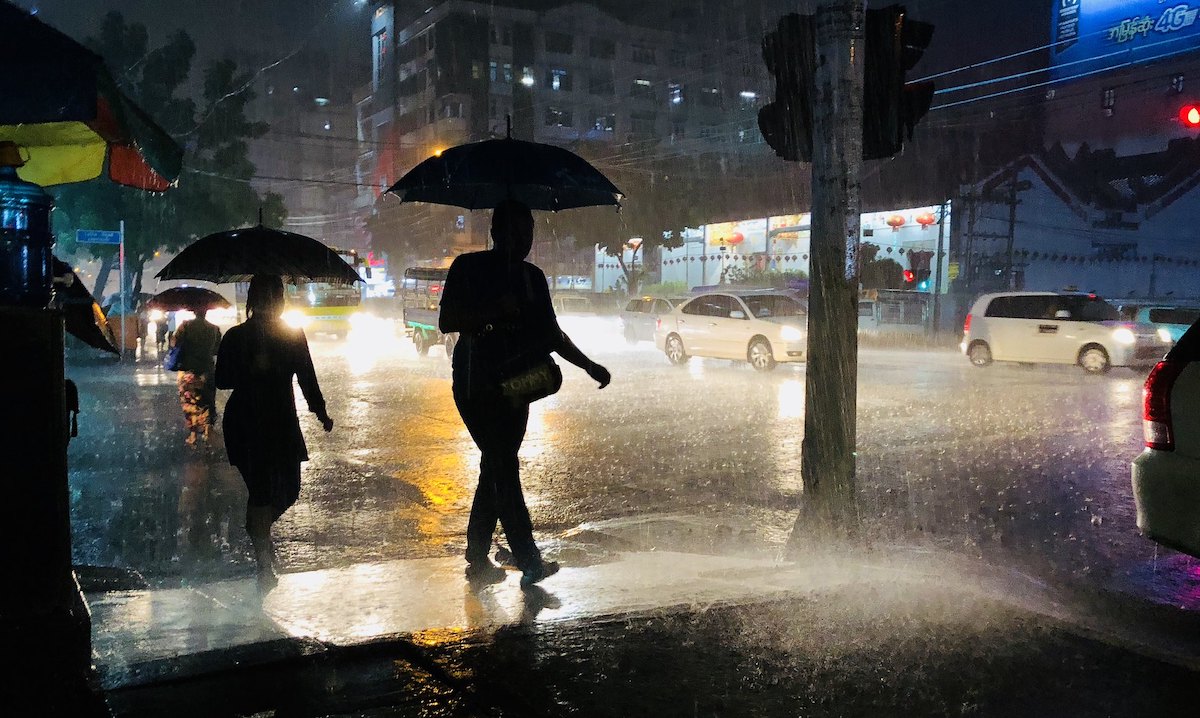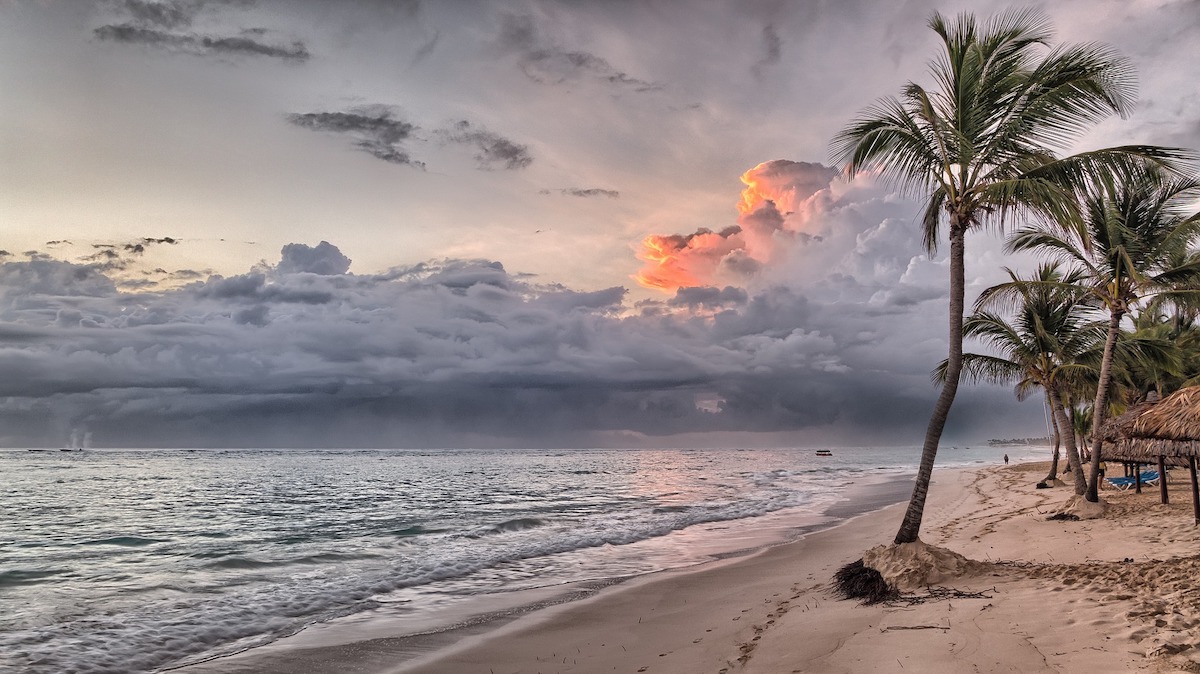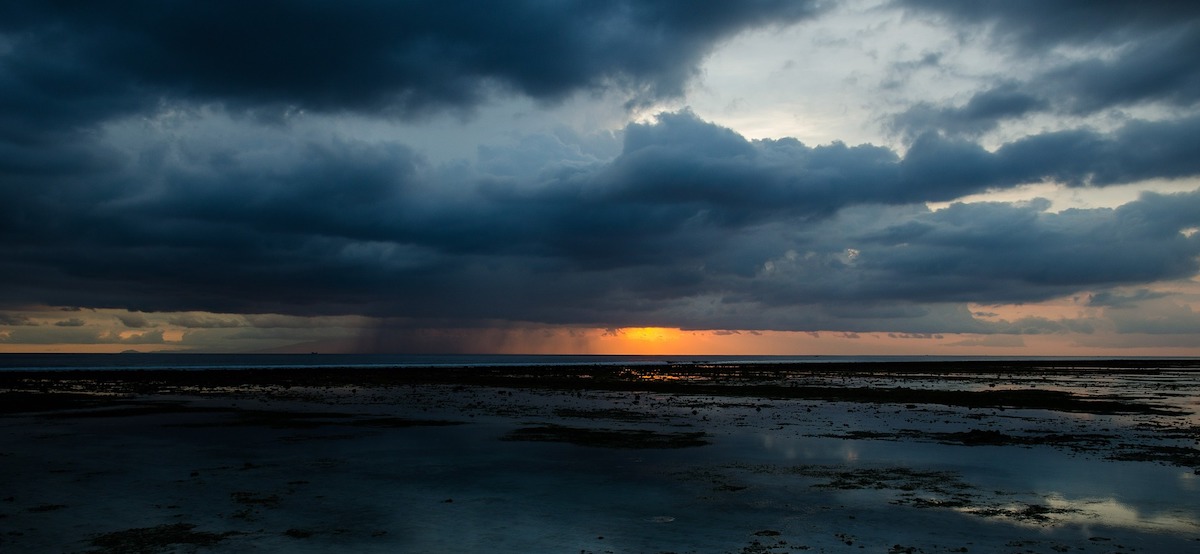-
Research brief: New dataset shows NW cloudbands are increasing over Australia

The 21st Century has seen an increase in northwest cloudbands across Australia, according to a new dataset developed by CLEX researchers.
-
Research brief: Tropical atmosphere’s balancing act breaks down at regional levels

This observational study of radiative convective equilibrium finds that this equilibrium breaks down in areas of a few thousands kilometres on a side. This has implications cloud model simulations in climate models.
-
New dataset reveals key to Townsville flood disaster

CLEX researchers with the Bureau of Meteorology have created a new 20-year-long regularly updated precipitation dataset for Australia using 50 radar sites. This will allow researchers to examine the climatology of extreme events, follow cloud processes, estimate hail size, determine cloud top height and much more.
-
Research brief: New downscaling approach will help urban planners prepare for future rainfall

CLEX researchers and colleagues have developed a downscaling methodology using the HiDRUS model that accurately projects future rainfall in 1km grids at six minute intervals. This will be a boon for urban planners who need to build infrastructure to cope with the different future heavy rainfall events that will occur in a changing climate.
-
Research brief: Understanding tropical land-sea breezes through satellite data

Thus study used satellite scatterometry to measure the horizontal component of winds over the sea surface in the Maritime Continent. It combined data with scatterometer to give additional insights into gravity wave structure in this region.
-
Research brief: How clouds help create islands

The study proposes a conceptual model of lagoon island formation, which incorporates aeolian sedimentation and episodes of wave and tide over-wash. Although not part of the core CLEX program, this study represents an interesting multi-disciplinary application of our work on tropical storms to geomorphology.
-
Research brief: Statistical correction reveals 25% decline in future rainfall over the SW Pacific

CLEX researchers found that applying a statistical correction to projected sea surface temperatures has a major impact on changes to rainfall with global warming, leading to a 25% reduction in future precipitation projected for the south-western Pacific.
-
Research brief: Do wet soils affect rainfall?

How wet the soil is before a storm can determine the amount of rain that falls. This research also produced some interesting findings for rainfall in Australia.
-
Research brief: Topography plays key role in Jakarta’s extreme rainfall

Topography plays a key role in the development of extreme rainfall events in Jakarta, Indonesia. The IOD and MJO play a greater role in these extremes than ENSO.
-
Research brief: Changes to weather features of atmospheric conversion lines drive future changes to rainfall

Weather time scales will be needed for models to accurately simulate the dynamic contribution to future precipitation changes with global warming. This will better reproduce spatial patterns and reduce regional uncertainties, especially in the tropics.
